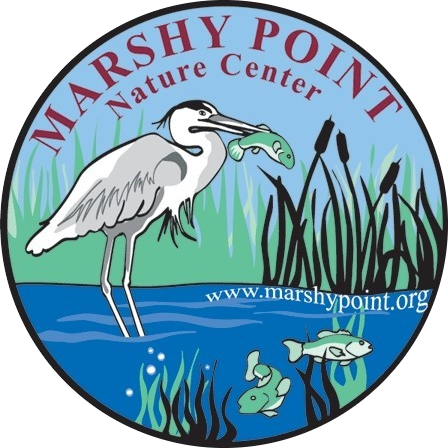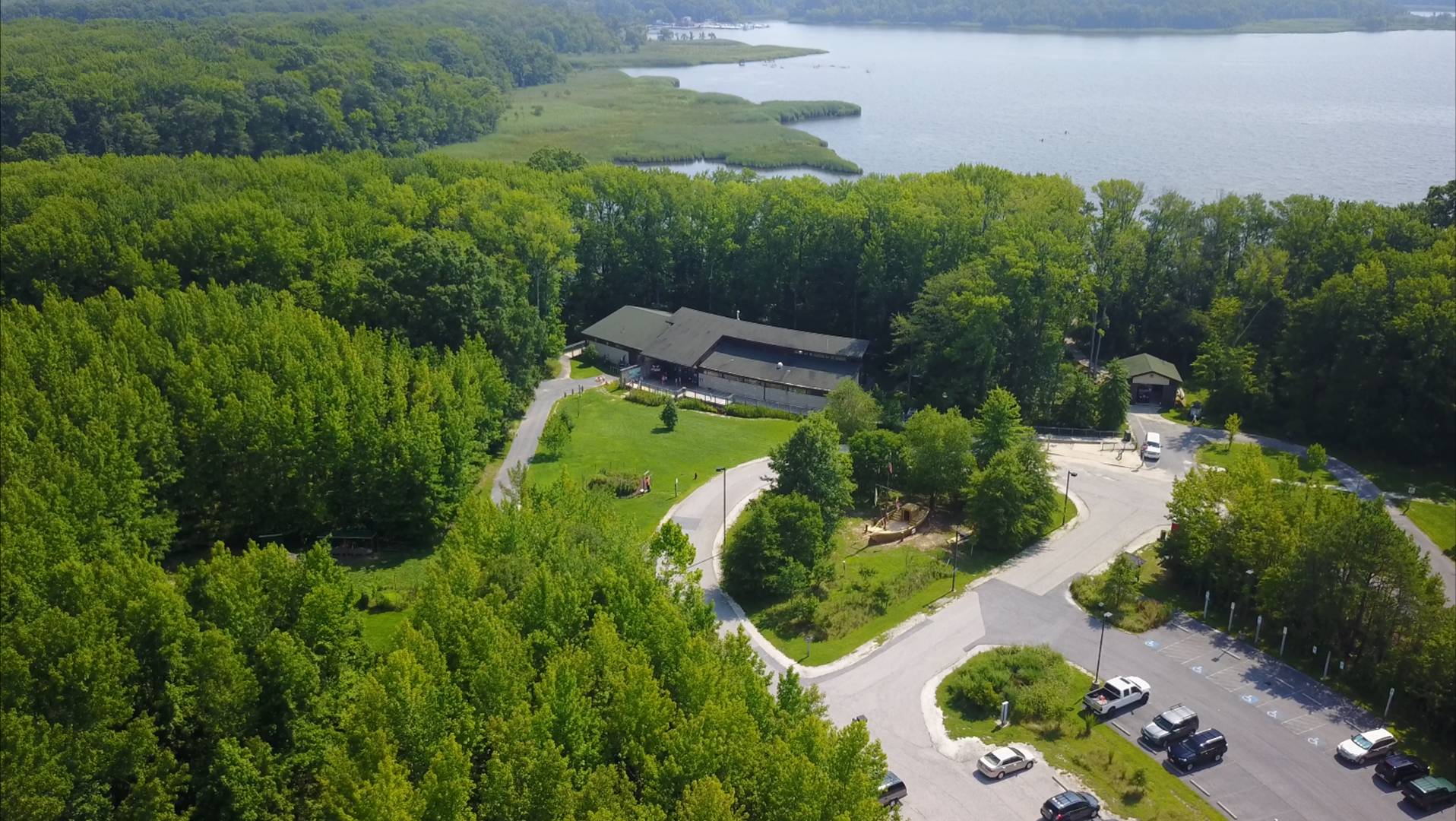In 1608, Captain John Smith sailed up the Chesapeake Bay from Jamestown, Virginia, on a voyage of exploration. Indeed, Smith’s shallop and its 14-man crew passed close to Marshy Point as they sought land, gold, and a passage to the Pacific Ocean. Smith made it as far as the Susquehanna River, but didn’t locate a passage to the Pacific.
He did, however, produce a remarkably accurate map of the Chesapeake and kept detailed journals of what he saw and the people he encountered.
Smith called the Chesapeake “a country that may have the prerogative over the most pleasant places known, for large and pleasant navigable rivers, heaven and earth never agreed better to frame a place for man’s habitation” that was full of “sturgeon, grampus, porpoise, seals, stingrays … brits, mullets, white salmon [rockfish], trouts, soles, perch of three sorts.” Around the same time, George Percy wrote that about “Oysters, which lay on the ground as thick as stones.”
Although Smith had a well-known flair for embellishment, his descriptions of the incredible biodiversity, water clarity, and natural beauty of the Chesapeake in 1608 are generally regarded as accurate.
While the English might have thought of the Chesapeake as a wilderness, it wasn’t so to the many Algonquin-speaking Indians living along its shores. Indeed, they used fire to manage the forest and maintain large meadows—known as barrens—throughout present-day Maryland and Virginia.
The name “Chesapeake” is an Algonquin Indian word that probably means “Great Shellfish Bay”—a reference to the oysters that made up large parts of the Native American diet. Oysters in the Bay were good for more than just a tasty meal, though, as their filter-feeding was a major factor in keeping the waters of the Chesapeake clear and healthy.
Some estimates suggest that, in 1608, every drop of water in the Bay was filtered weekly by oysters—a process that now takes years. The decline in oysters, and the loss of forests, marshes, and submerged aquatic vegetation throughout the Chesapeake has resulted in a present-day Bay that is shallower, murkier, and less healthy than it was in the past.
The Chesapeake Bay remains, however, one of the most productive estuaries in North America: full of blue crabs, rockfish, and countless other fish and shellfish species.
For all of us that live along the shores or in the watershed of the Great Shellfish Bay, it is essential to know the history of our great estuary, the present-day conditions, and the importance and value of continued conservation efforts into the future.
In a time when there seems to be little that everyone in our nation can agree upon, perhaps we can all agree about the importance of protecting and restoring a national treasure like the Chesapeake Bay.

